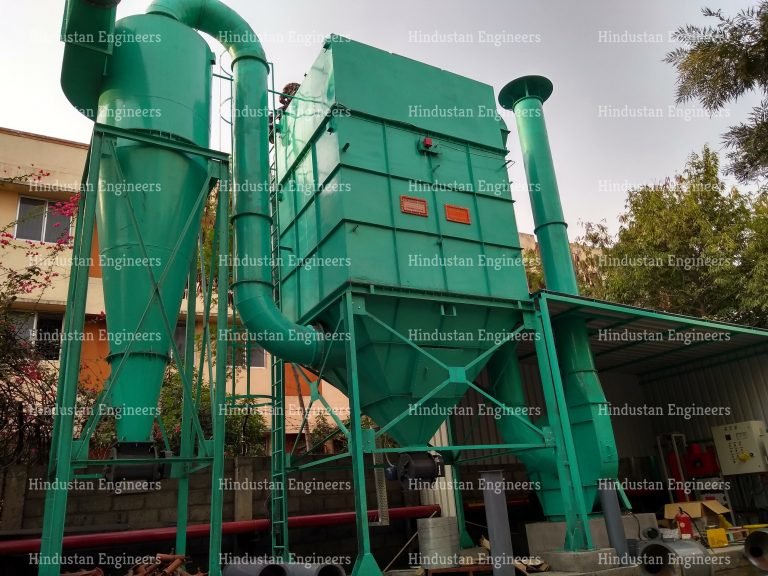An air pollution control system, also known as an air quality control system or air pollution control technology, refers to a set of techniques and equipment used to reduce or eliminate the release of pollutants into the atmosphere. These systems are designed to improve air quality and mitigate the adverse effects of industrial emissions, transportation, and other human activities on public health and the environment. Air pollution control systems employ various methods to capture, treat, and remove pollutants from industrial exhaust gases or ambient air. Here are some common components and techniques used in these systems:
Particulate control devices: These devices, such as cyclones, fabric filters (baghouses), and electrostatic precipitators (ESPs), are used to capture and remove solid or liquid particulate matter, such as dust, ash, or soot, from industrial emissions.
Flue gas desulfurization (FGD): FGD systems are used to remove sulfur dioxide (SO₂) from flue gases emitted by coal-fired power plants, industrial boilers, and similar sources. Wet scrubbing, spray dry scrubbing, and dry sorbent injection are among the common FGD methods used.
Selective catalytic reduction (SCR): SCR systems reduce nitrogen oxide (NOx) emissions by converting them into nitrogen, water, and carbon dioxide through a catalytic process. These systems are commonly used in power plants, industrial boilers, and diesel engines.
Volatile organic compound (VOC) control: VOC control systems target the emissions of volatile organic compounds, which contribute to the formation of ground-level ozone and other harmful air pollutants. Techniques employed include adsorption, thermal and catalytic oxidation, and condensation.
DeNOx systems: Apart from SCR, other technologies like selective non-catalytic reduction (SNCR) and low-NOx burners are used to reduce nitrogen oxide emissions in combustion processes.
Gas scrubbers: Scrubbers, such as wet scrubbers or packed bed scrubbers, are used to remove gaseous pollutants, such as sulfur dioxide (SO₂), hydrogen chloride (HCl), ammonia (NH₃), or hazardous chemicals, from industrial exhaust gases. Scrubbing involves absorption, adsorption, or chemical reactions to remove the pollutants.
Emissions monitoring and control systems: These systems use sensors, analyzers, and monitoring devices to measure pollutant levels in the air and ensure compliance with regulatory standards. They facilitate real-time monitoring and control of emissions to optimize the performance of air pollution control systems.
It’s important to note that the selection and design of an air pollution control system depend on factors such as the specific pollutants, the volume and nature of emissions, regulatory requirements, and the industry involved. Compliance with environmental regulations and regular maintenance of the system are essential for effective air pollution control. Overall, air pollution control systems play a crucial role in reducing emissions and protecting air quality. Their implementation in industries and other pollution sources is vital for preserving public health, environmentally sustainable practices, and minimizing the impact of human activities on the atmosphere.

